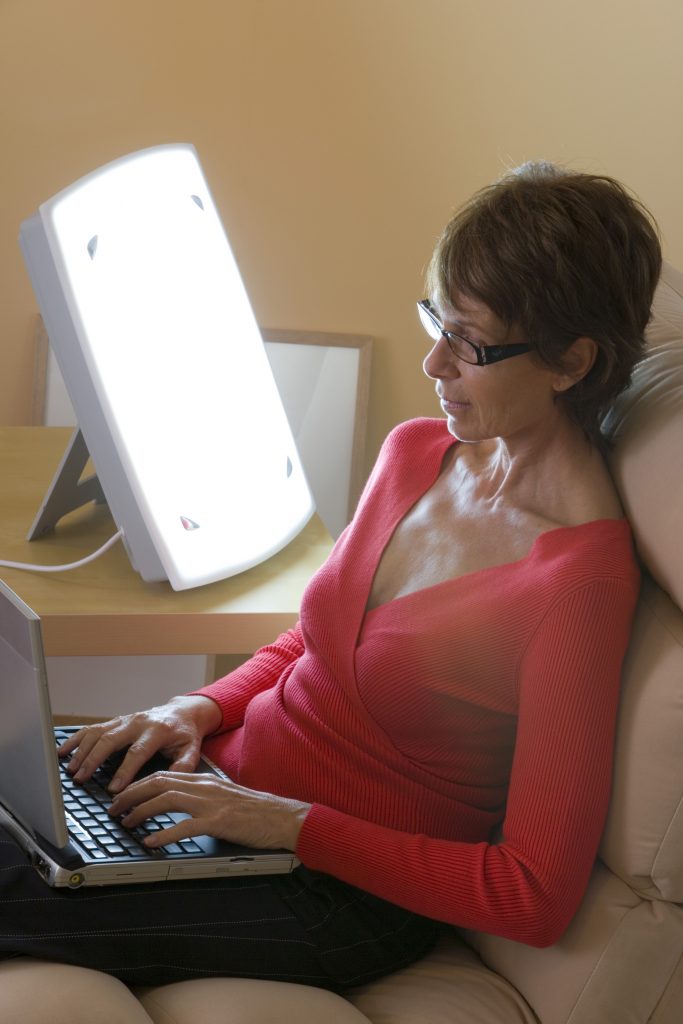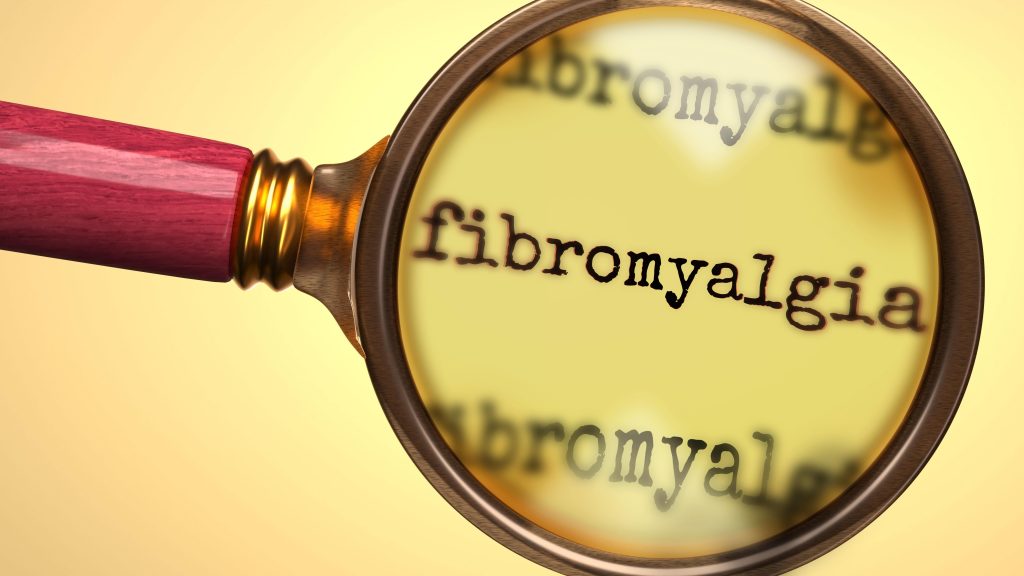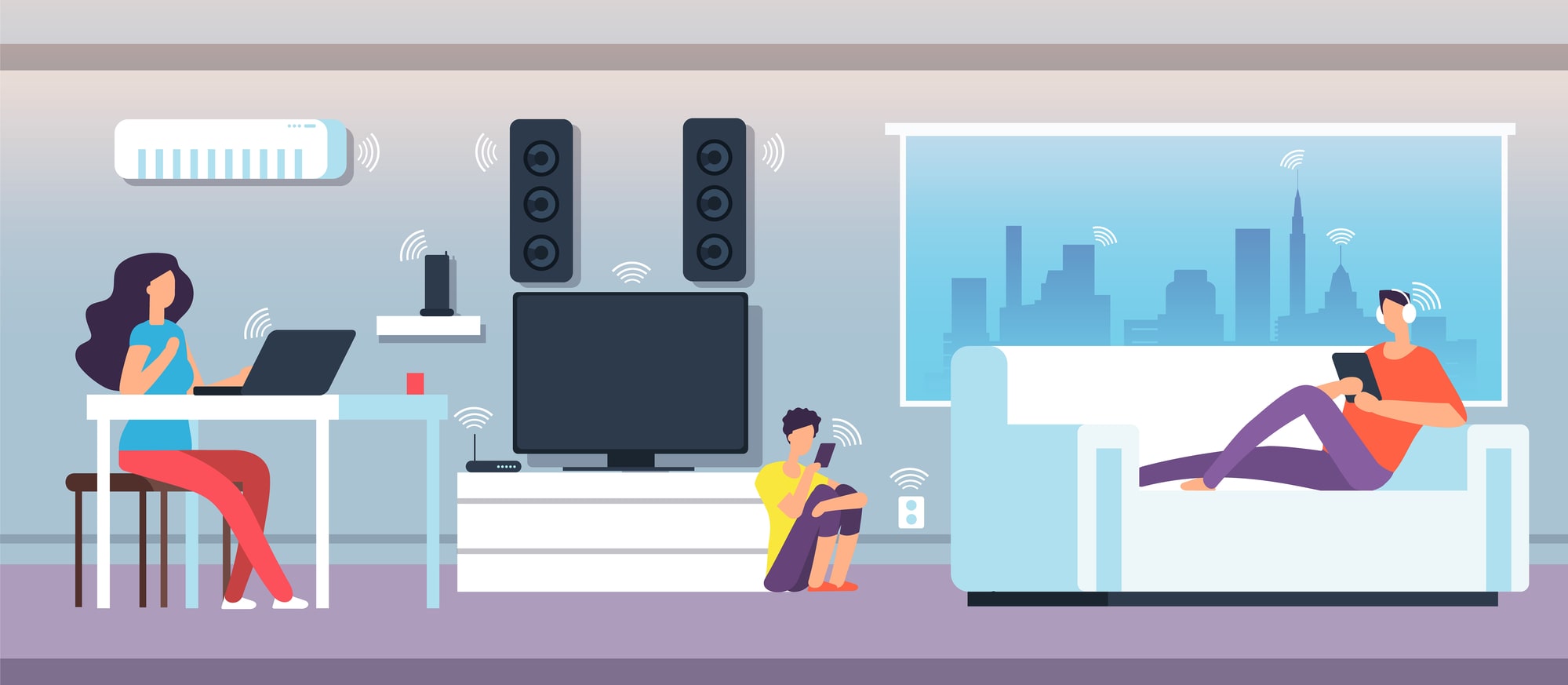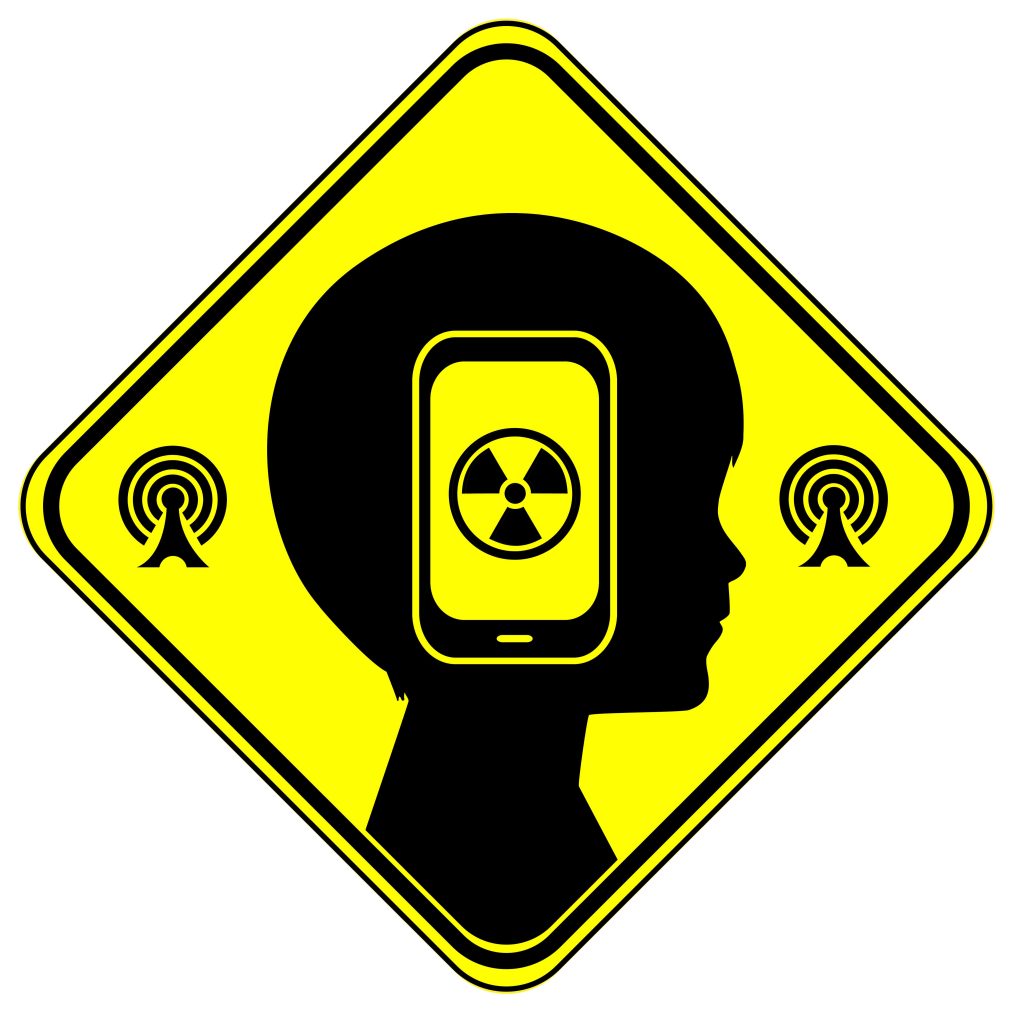When you think of vitamin D, you likely think of the sun. Does thinking of the warm sun shining on your face make you happy? Well, there’s actually science to back up the significant role that vitamin D plays on our mental health. Let’s explore
What is Vitamin D?
You may have heard vitamin D referred to as the “sunshine vitamin” before. That’s because vitamin D is produced in the skin in response to sunlight. The body naturally produces vitamin D when directly exposed to sunlight, but you can also get it through foods and supplements to ensure you have enough vitamin D.
Vitamin D to Fight Depression
Research shows that vitamin D may play an integral role in regulating mood and fighting depression. One study found that depressed people who received a vitamin D supplement noticed their symptoms improve.
Research points to vitamin D’s role in regulating serotonin and calcium for its possible therapeutic impact on depression when vitamin D levels are boosted.
Vitamin D to Fight Anxiety
A separate study of people with fibromyalgia found that vitamin D deficiency was more common in people experiencing anxiety and depression. Another study of children also found that kids who were vitamin D deficient experiencing significantly higher levels of anxiety and stress than their peers.
Vitamin D and Schizophrenia
Schizophrenia is a severe mental health condition that causes people to lose touch with reality. This often leads to psychotic symptoms like hallucinations and delusions.
Researchers have discovered that people with schizophrenia are more likely to have significantly lower levels of vitamin D than normal, in addition to being more likely to live in parts of the world with less sun exposure.
A number of studies have also found that insufficient sunlight or vitamin D supplementation as an infant increases the risk of developing schizophrenia later in life.
So, how can you get some more vitamin D in your life to reap the mental health benefits?

Get outdoors! Soak up the sun and enjoy the mood-boosting effects. Just don’t forget the SPF!
 Light therapy is a daily treatment that involves a dose of intense artificial light— something more commonly associated with the treatment of seasonal affective disorder, but it has also been proven to be effective for treating other forms of non-seasonal depression such as major depression and bipolar. In fact, studies show that light therapy has similar effectiveness to pharmaceutical treatments. You can even do light therapy from home with at-home lightboxes
Light therapy is a daily treatment that involves a dose of intense artificial light— something more commonly associated with the treatment of seasonal affective disorder, but it has also been proven to be effective for treating other forms of non-seasonal depression such as major depression and bipolar. In fact, studies show that light therapy has similar effectiveness to pharmaceutical treatments. You can even do light therapy from home with at-home lightboxes
 Vitamin D supplements: You can purchase Vitamin D supplements at your local grocery store or pharmacy. They come in a pill form that you can take every morning to help increase and regulate mood. Ideally your levels should be at 40-60 mg/ml year round.
Vitamin D supplements: You can purchase Vitamin D supplements at your local grocery store or pharmacy. They come in a pill form that you can take every morning to help increase and regulate mood. Ideally your levels should be at 40-60 mg/ml year round.
 Increase Vitamin D in your diet: Try to incorporate more vitamin D-rich foods into your everyday meals, such as fish oil, milk, egg yolks, mushrooms and vitamin-d fortified foods.
Increase Vitamin D in your diet: Try to incorporate more vitamin D-rich foods into your everyday meals, such as fish oil, milk, egg yolks, mushrooms and vitamin-d fortified foods.
Dr. Casey Sinclair, D.C. is a leading holistic healthcare doctor trained in functional medicine. He has extended his reach around the world by co-founding Family Health Advocacy, a health advocacy group lead by doctors and health professionals providing resources and education on global health matters. He has been fortunate to act as health a consultant to some of the largest companies in North America and as a professional speaker he’s had the privilege of speaking to thousands of people. Dr. Casey is an advocate for people suffering with chronic pain and fibromyalgia and has authored a book on the subject.



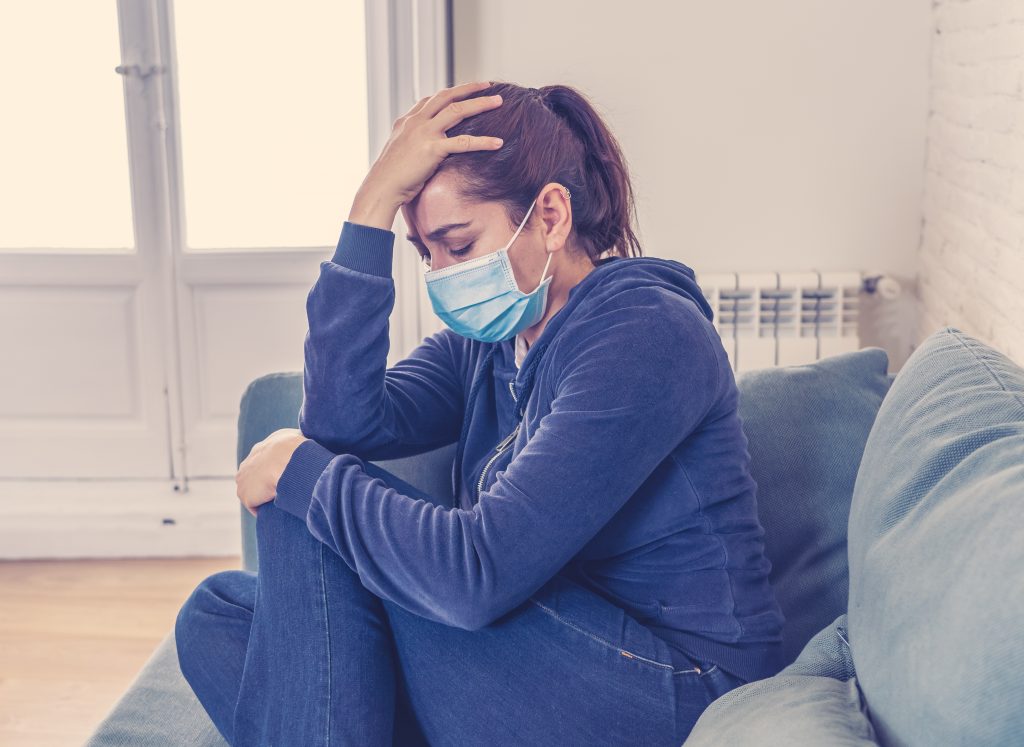
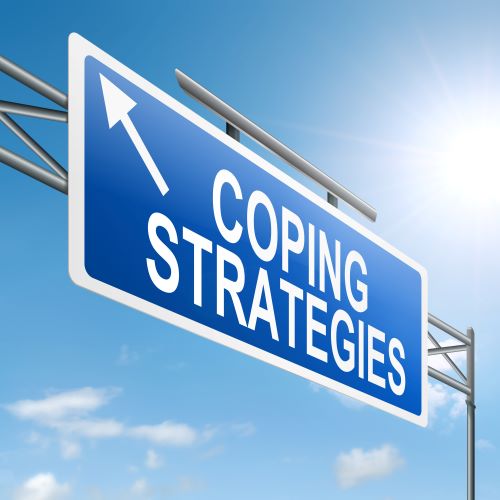 never underestimate the power of physical activity on our
never underestimate the power of physical activity on our 














